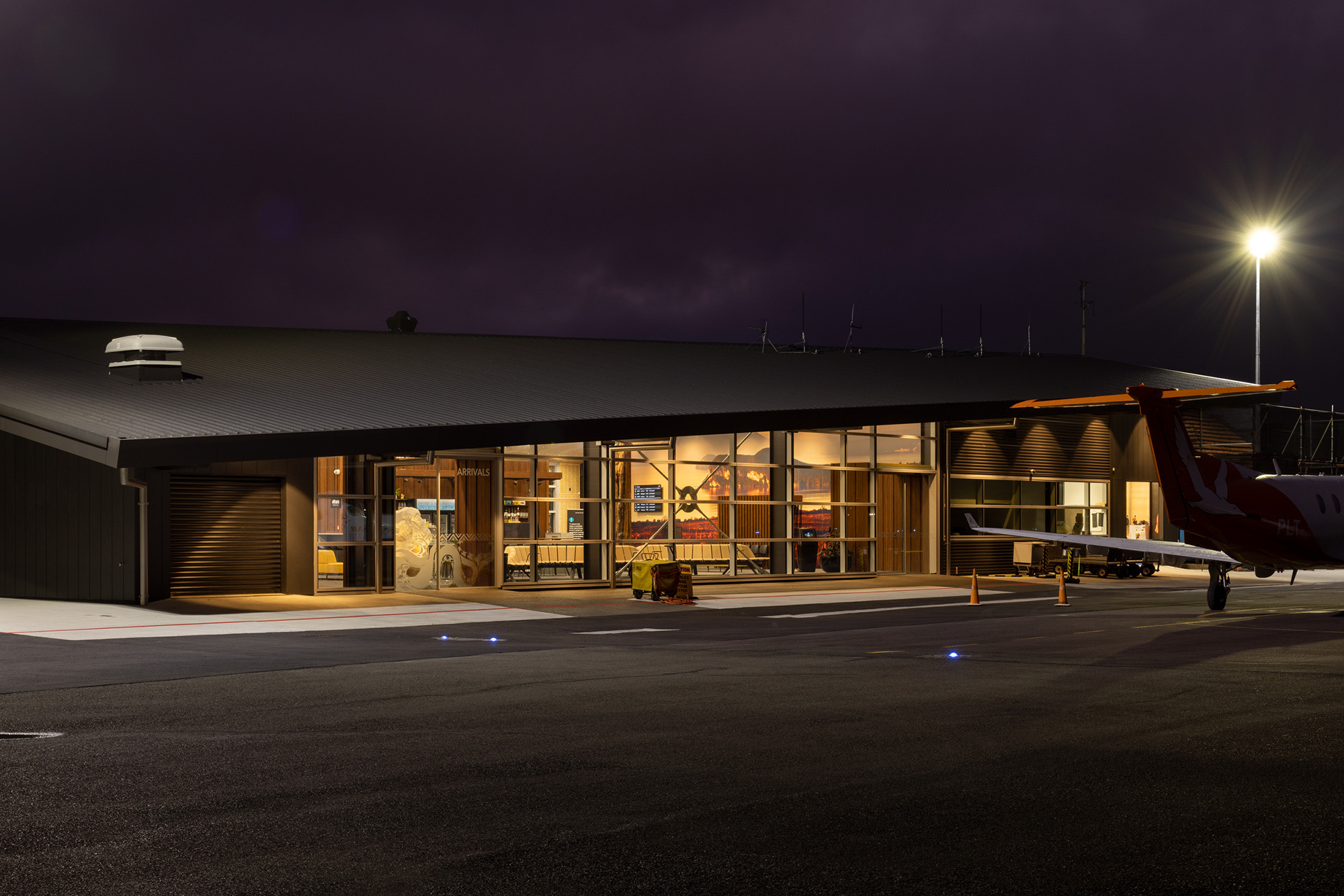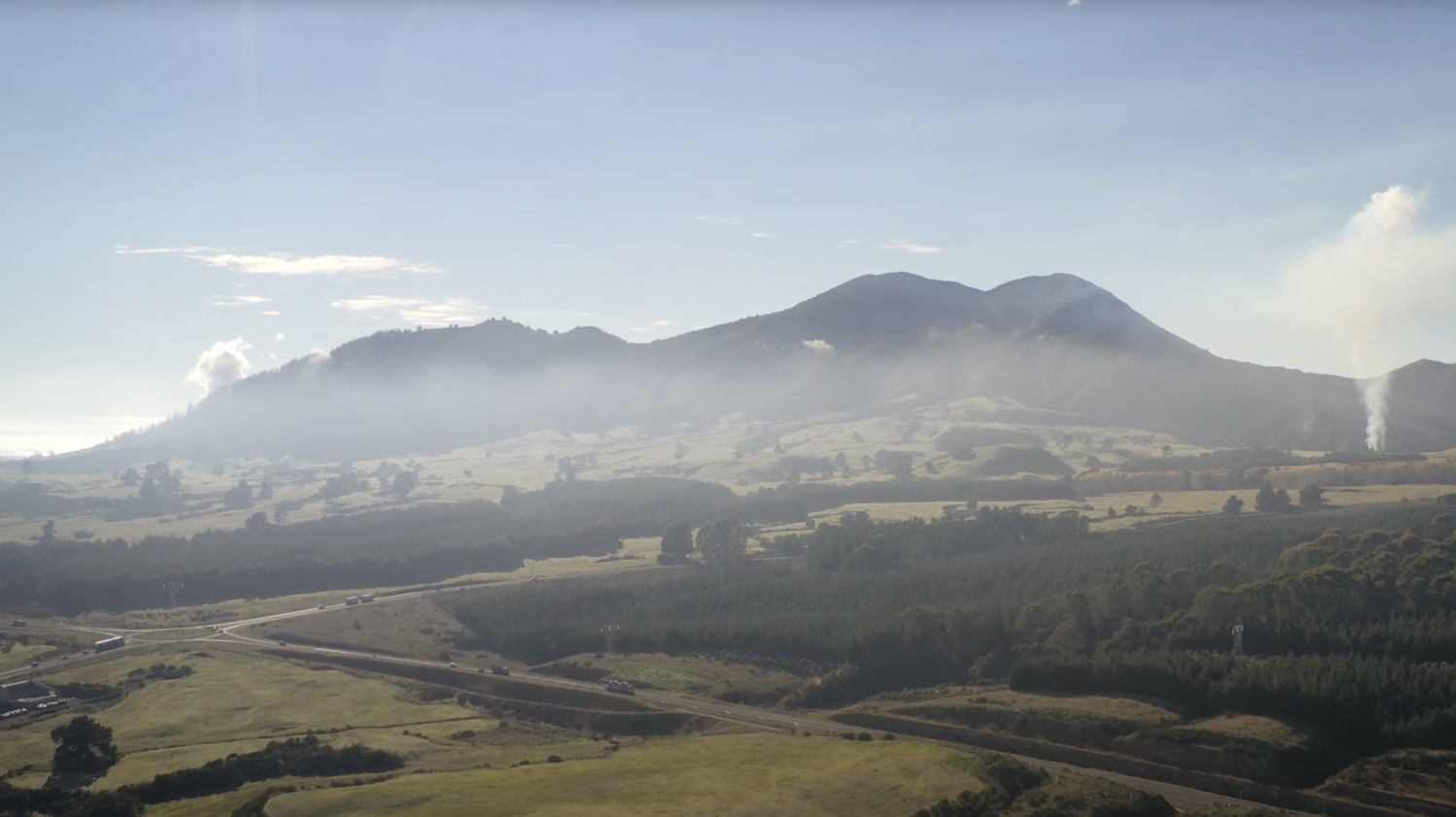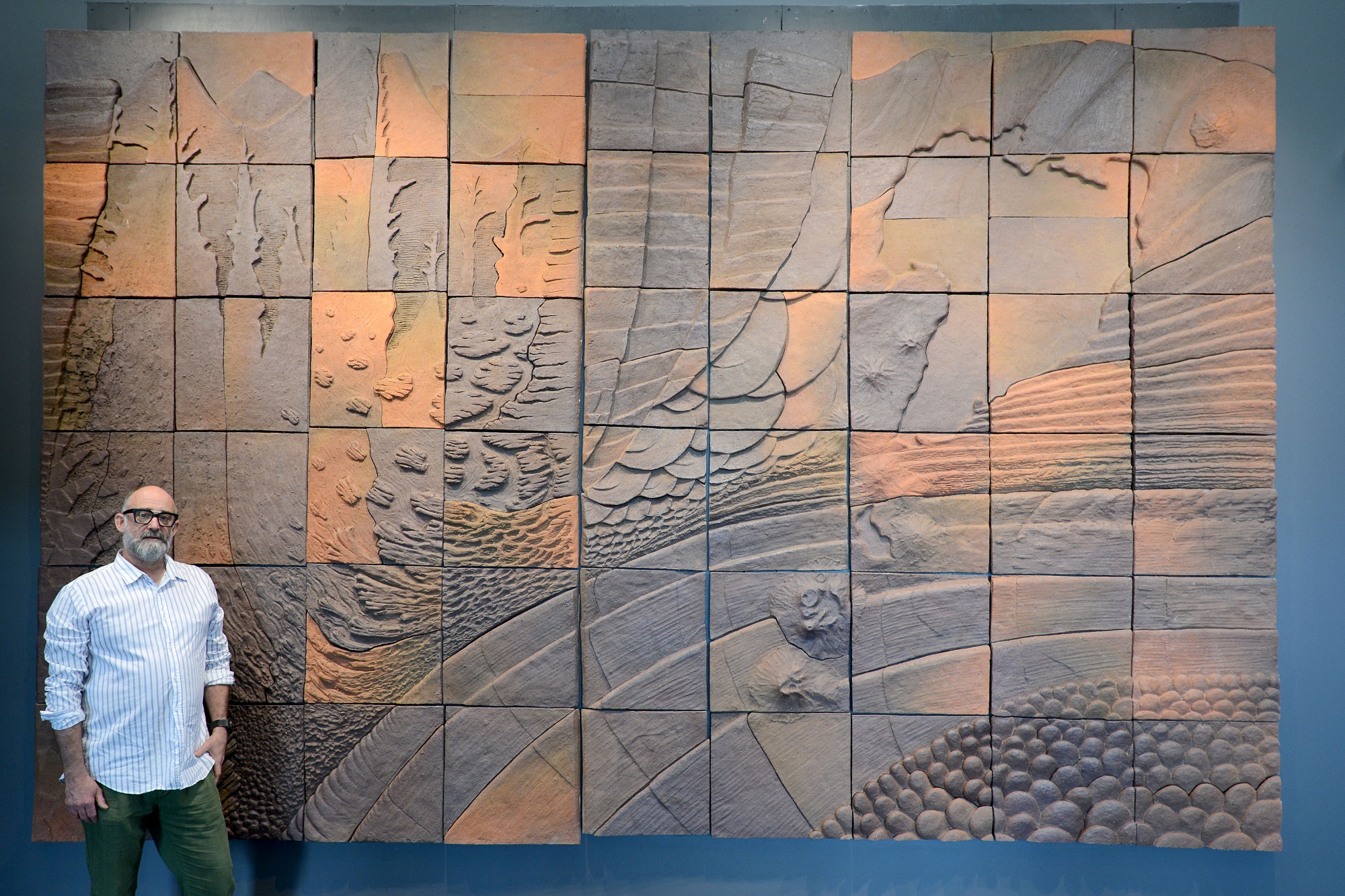Terminal design
The new Taupō Airport terminal is the work of Paul Raven of local company Shelter Architects. The design was a recipient of a prestigious New Zealand Architecture Award for Commercial Architecture, winning praise for the raking eaves and efficient, functional layout that highlighted the full-height glazing, as well as interior design elements that gave the terminal a sense of place.
Making the terminal unique and telling the stories of the district was a key goal of the design, providing a gateway that instantly told people where they were. From the outset the aim was to create a building that would be welcoming as well as functional and large enough to cater for demand now and into the future – the new terminal is three times the size of the previous terminal.
The light and open design also made for expansive interior walls, and these feature the work of local photographer Jeremy Bright. The images give an instant and impressive visual reference to the district and were chosen in cooperation with local iwi.
Interior Features
The two huge native rimu rakau (tree) that stand as centre pieces in the Taupō Airport Terminal are the work of local master carver Delani Brown.
The rimu had fallen at the base of Mt Pureora, a sacred mountain forest and significant feature within the Central Plateau, situated north-west of Taupō. The tree was salvaged thanks to the generosity Te Kotahitanga o Ngati Tuwharetoa and local hapu Ngati Te Kohera. Delani and his team have debarked and sandblasted the rimu, which are thought to be up to 800 years old, and they now act as very visual anchors for the Terminal’s interior.
Between the two rimu is a mauri stone that recognises the lifeforce of the building, the land, and its people. It was sourced from the sacred Tauhara maunga (mountain), which can be seen in the image on the northern wall of the terminal and through the eastern window.
Tauhara holds a special place in the hearts of the local hapū (subtribe), as does Horomatangi, a water guardian who is revered by hapū and Ngāti Tūwharetoa, and together the mauri stone and the representation of Horomatangi that appears on the main entrance acknowledge that Ngāti Tūwharetoa and the people of Taupō join in welcoming you to the region.
Artwork
On the western interior wall of the Airport Terminal is a work by renowned Kiwi artist Barry Brickell. Entitled Taupō Volcanic Mural it was created in 1985 and was originally commissioned to be a feature at the Taupō Post Office. Taupō local Chris Johnston has been instrumental in the journey of the artwork to its new home in the Airport Terminal and says it is a fitting location for the work.
Because of his love for geology, Barry Brickell chose to show the formations of the Central Plateau. One side shows the lake and mountains, and the other shows the magma coming up through the earth. Unfortunately at some point in the 90s the artwork was relocated to Ruapehu Street and the two sections were separated – which was not what the artist had intended.
There was an agreement with the new property owner that should the location be redeveloped, the artwork would be salvaged, but a communication breakdown nearly saw it destroyed. In 2016 Mr Johnston received a phone call that the bulldozers were there and he ran up the road to be told that it was headed for the dump! Fortunately it was able to be saved from that fate and after several years an extensive restoration project got underway, including using clay from the original source.
The artwork has now been incorporated into the new Taupō Airport terminal and is the perfect compliment to the colour palette and design of the interior. Barry’s wish was that the two parts of the piece be reunited, so having them back together and side by side as he intended them to be viewed is very fitting.




